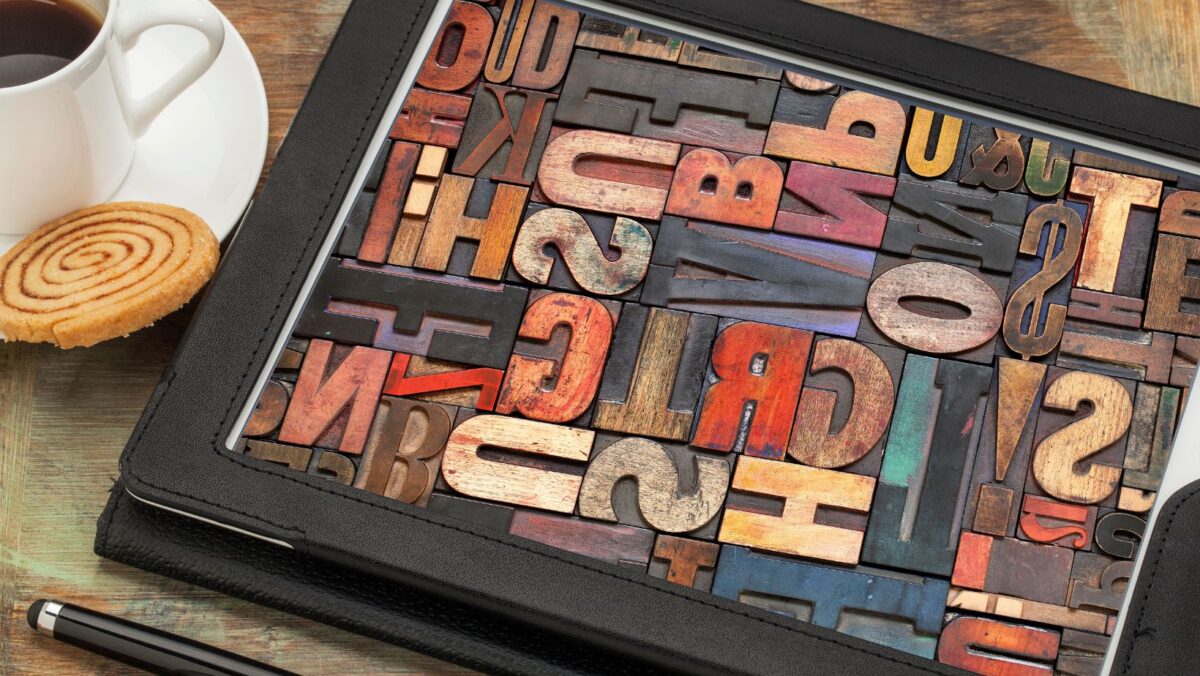When it comes to typography, there are various classifications that help us understand and categorize different typefaces. One such classification is the “old style” type. But what exactly does this term mean? In simple terms, “old style” refers to a specific style of serif typefaces that originated during the Renaissance period.
The old style typefaces are characterized by their balanced proportions, subtle contrast between thick and thin strokes, and elements inspired by handwriting from that era. They often have angled or slanted serifs, lowercase letters with ascenders taller than the caps, and diagonal stress in the letterforms. These characteristics give them a classic and timeless appearance.
What Is The Correct Description For The Classification Of Type Called “Old Style”?
Origins of Old Style Typeface
The term “old style” refers to a specific classification of typefaces that originated in the 15th century. This style was developed during the Renaissance period and was heavily influenced by calligraphy and handwritten manuscripts. The first examples of old style typefaces can be traced back to the work of Nicolas Jenson, a renowned French printer.
Characteristics of Old Style Typeface
Old style typefaces are characterized by their elegant and timeless design elements. They possess a balance between thick and thin strokes, with subtly tapered serifs that have a slight slant. The letterforms in old style typefaces tend to have a more organic and humanistic feel, as they were originally modeled after hand-drawn lettering.
One distinguishing feature of old style typefaces is their diagonal stress, where the thinnest part of each letter occurs on an angle rather than being perfectly horizontal or vertical. This gives them a graceful appearance that exudes warmth and readability.

History And Origins Of Old Style Typefaces
Old style typefaces, also known as Garalde or Venetian typefaces, emerged during the Renaissance period in Europe. They are characterized by their elegant and graceful appearance, with a distinct balance between thick and thin strokes. The name “old style” itself signifies their historical significance and classic charm.
Here’s a breakdown of the key features that define old style typography:
- Humanistic Influence: Old style typefaces draw inspiration from handwriting styles prevalent during the 15th century. Their letterforms exhibit subtle variations akin to calligraphy, creating a sense of organic flow.
- Serifs: One defining characteristic of old style typefaces is their serifs – those small decorative strokes at the ends of letterforms. These serifs have a slight slant reminiscent of brushstrokes or chisel cuts.
- Moderate Contrast: Unlike later classifications such as transitional or modern serif fonts, old style types possess moderate contrast between thick and thin strokes. This creates an even rhythm throughout the text, enhancing legibility.
- Open Apertures: Old style letterforms feature open apertures, referring to the spaces enclosed within characters like ‘o’, ‘e’, or ‘c’. These generous openings contribute to readability on both print and digital mediums.
- Angled Stress: Another characteristic element found in old style typography is its angled stress pattern. It refers to how vertical and horizontal elements meet at an angle within each glyph, giving them a captivating visual appeal.
- Classic Elegance: Overall, old style typefaces radiate a timeless elegance that evokes a sense of tradition and craftsmanship. They are often favored for their ability to convey a sense of warmth and familiarity.
Old style typefaces continue to be widely used today, especially in applications where a classic, refined aesthetic is desired. From book typography to branding and editorial design, these typefaces can bring a touch of sophistication to various projects.
In conclusion, old style typefaces represent a classification that embodies the grace and elegance of Renaissance-era typography. Understanding their history and key characteristics can help designers choose the perfect typeface for projects seeking a timeless yet approachable look.

